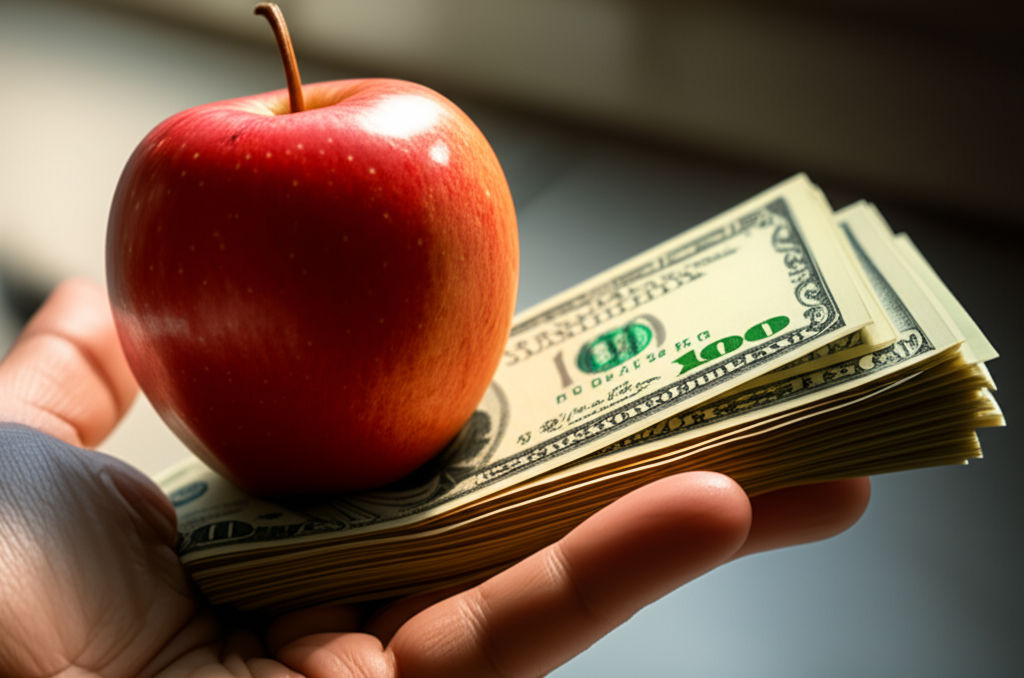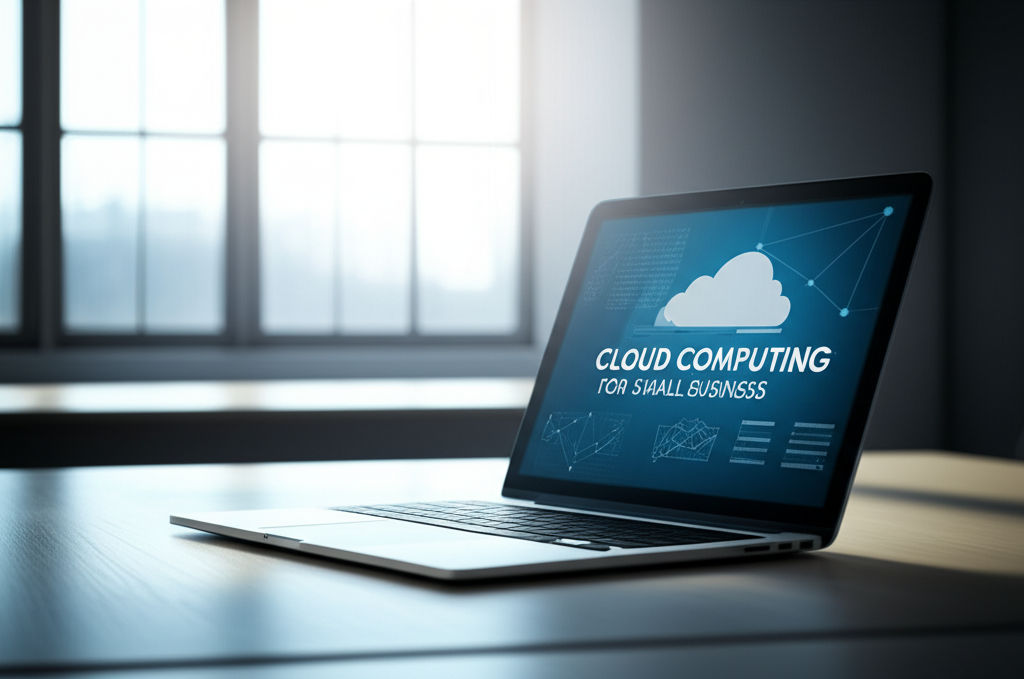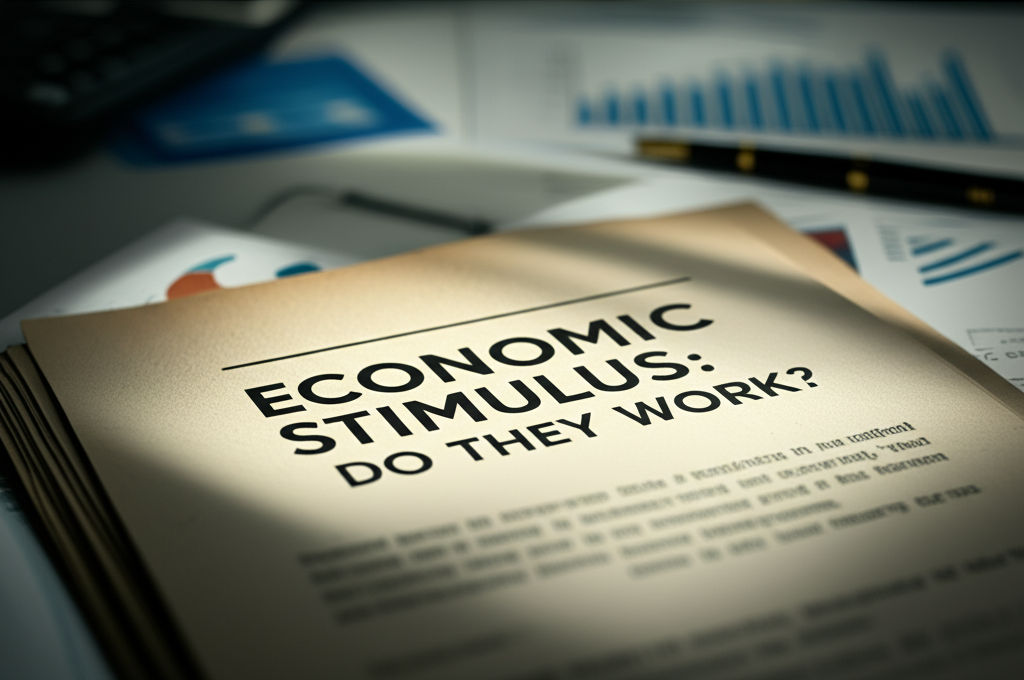Marginal Utility: Consumer Choices
Emily Willis

Photo: Marginal Utility: Consumer Choices
The Hidden Hand in Your Wallet: Understanding Marginal Utility and Smart Consumer Choices
Every day, we make countless decisions about what to buy, what to consume, and how to spend our hard-earned money. From the coffee we grab on the way to work to the major purchases we plan for months, each choice is driven by a fundamental desire: to gain satisfaction. But what exactly guides this pursuit of satisfaction, and how can understanding it transform our consumer choices? The answer lies in a powerful economic principle known as marginal utility.
This article will demystify marginal utility, exploring its core concepts and revealing how it shapes our spending habits. We'll delve into the fascinating world of consumer behavior, uncover the economic decisions that unfold in our minds, and provide actionable insights to help you make smarter, more satisfying financial choices.
What is Utility? Understanding the Basics of Satisfaction
Before we dive into the "marginal" aspect, let's establish what "utility" means in economics. Simply put, utility refers to the total satisfaction, pleasure, or benefit that an individual receives from consuming a good or service. It's a subjective measure – what brings immense joy to one person might offer little to another.
Think about it: a steaming cup of coffee on a chilly morning offers a high degree of utility to a coffee lover, providing warmth, energy, and a pleasant aroma. For someone who dislikes coffee, the utility derived would be minimal, if any. This concept of satisfaction is the bedrock upon which all consumer choices are built. We inherently seek to maximize our utility with every purchase and consumption decision.
The Core Concept: What is Marginal Utility?
Now, let's introduce the "marginal" part. Marginal utility is the additional satisfaction or benefit (utility) that a consumer gains from consuming one more unit of a good or service. It's about the incremental value you get from each subsequent item.
Let's use a simple example: Imagine you're incredibly thirsty on a hot day.
- The first glass of water you drink provides immense satisfaction. It quenches your thirst, and its marginal utility is very high.
- The second glass is still refreshing, but perhaps a little less satisfying than the first. Its marginal utility is still positive, but slightly lower.
- The third glass might still be good, but you're starting to feel full. The marginal utility has decreased further.
- By the fourth or fifth glass, you might feel uncomfortable or even sick. At this point, the marginal utility could become zero or even negative, meaning consuming more brings dissatisfaction rather than satisfaction.
This example perfectly illustrates the next crucial concept: the Law of Diminishing Marginal Utility.
The Law of Diminishing Marginal Utility: Why More Isn't Always Better
The Law of Diminishing Marginal Utility is a fundamental principle in economics stating that as a person consumes more and more units of a good or service, the additional satisfaction (marginal utility) derived from each successive unit tends to decrease. This law is central to understanding consumer behavior and economic decisions.
Consider another common scenario: eating pizza. The first slice after a long day might be pure bliss. The second slice is still delicious, but the novelty might wear off slightly. By the third or fourth slice, you might feel full, and the enjoyment from each subsequent slice diminishes. Eventually, you reach a point where another slice offers no additional enjoyment, or even causes discomfort. This is the point where diminishing marginal utility becomes clearly evident.
This law explains why we don't spend all our money on just one type of good, even if we love it. If the satisfaction from consuming more of a single item constantly decreases, we're naturally inclined to diversify our consumer choices to gain more overall satisfaction.
Marginal Utility and Consumer Choices: Making Smart Decisions
So, how does this theoretical concept translate into practical consumer choices? Consumers, whether consciously or unconsciously, apply the principle of marginal utility in their daily decision-making. We constantly weigh the additional satisfaction we expect to receive from a product or service against its cost, especially when considering our budget constraints.
The goal of every rational consumer is to achieve utility maximization – to get the most satisfaction possible from their available resources. This isn't about buying the most expensive items, but rather about allocating your budget in a way that yields the highest overall satisfaction.
One key way to think about this is in terms of utility per dollar. When you're deciding between two different products, you're not
Latest ✨
View Allfinding a conducive study environment to enhance focus and concentration. It provides tips on understanding your needs, exploring different study options, transforming your space, and developing focused study habits.
Emily Willis
Deflation explained: Discover why falling prices can harm the economy. Learn its causes, effects, and how to protect your finances.
Emily Willis
Demystify venture capital funding! This guide helps aspiring entrepreneurs secure VC, understand its benefits, and determine if it's right for their high-growth...
Emily Willis
sleep for physical and mental well-being, discussing the benefits of sleep such as physical restoration, brain function, emotional regulation, concentration, and reduced risk of chronic diseases. It explains the different stages of the sleep cycle and provides guidelines for how much sleep individuals of different ages need.
Emily Willis
Business
View All
June 8, 2025
Team Building Activities for WorkUnlock workplace synergy! Discover how effective team building activities boost communication, engagement, innovation, and productivity for high-performing team...
Emily Willis

August 4, 2024
The Importance of Financial Management for Small and Medium Enterprises (SMEs)emphasizes the importance of effective financial management for small and medium enterprises (SMEs) in a competitive business environment.
Emily Willis

June 9, 2025
Cloud Computing for Small BusinessUnlock growth & efficiency! Discover how cloud computing empowers small businesses with cost savings & agility in the digital age.
Emily Willis
Economy
View AllUnpack the 17 Sustainable Development Goals (SDGs): a global blueprint addressing poverty, climate change, and inequality for a sustainable future.
Read MoreUnlock the secret of price elasticity! Learn how price changes affect demand, revenue, and your everyday purchasing decisions. Essential for businesses & shoppe...
Read MoreEconomic Stimulus: Do they work? Unpack government's toolkit, from fiscal to monetary policy, and understand their true impact on your economy.
Read MoreEntertainment
View All
August 5, 2024
Music Universal Language: Connecting and Inspiring Across CulturesMusic has the power to transcend language barriers and connect people on a deep emotional level. It serves as a bridge between cultures, fostering understanding and appreciation for diversity. The universality of rhythm and melody creates a sense of unity, while the diversity of musical styles allows for exploration and creativity.
Emily Willis

August 4, 2024
Profiles of Famous Artists Who Inspire the Younger Generationthe inspirational aspects of famous artists such as Vincent van Gogh, Frida Kahlo, Pablo Picasso, Banksy, Yayoi Kusama, Jean-Michel Basquiat, Georgia O'Keeffe, Andy Warhol, Kehinde Wiley, and Ai Weiwei. It highlights their perseverance, innovation, authenticity, social commentary, mental health advocacy, and representation, among other qualities, and how these aspects continue to inspire young artists to pursue their creative dreams.
Emily Willis

August 4, 2024
The Latest Music Trends, Artists Influencing Pop Culture, and How Digital Platforms Facilitate the Distribution of Music GloballyThe music industry is constantly changing due to consumer preferences, technology, and the influence of artists. Digital platforms have revolutionized music creation, distribution, and consumption, leading to genre fusion, the rise of independent artists, and collaborative projects. Influential artists like Billie Eilish, BTS, and Taylor Swift have shaped pop culture globally. Streaming services, social media, and direct-to-fan engagement have transformed music distribution. Digital platforms also promote cultural diversity and inclusivity, expand markets and revenue, and drive technological advancements. The industry is also focusing on sustainability and ethical practices. To succeed in the future, stakeholders must embrace digital transformation and champion inclusivity.
Emily Willis
Health
View AllQuality sleep is essential for overall health and well-being, impacting physical, cognitive and emotional functioning. Lack of quality sleep can lead to a variety of health issues, including weakened immune function, heart problems, weight gain and cognitive impairment.
Emily Willis
Regular physical activity is crucial for maintaining long-term health and well-being. It has numerous benefits, including improving cardiovascular health, aiding in weight management, enhancing mental health, strengthening bones, boosting immune function, and promoting longevity.
Emily Willis
Heart disease is a leading cause of death globally, but early detection and prevention strategies can reduce its impact. This article discusses the importance of early detection, common risk factors, preventive measures, and lifestyle changes for heart health. Understanding heart disease, recognizing symptoms, and undergoing regular screenings are crucial. Common risk factors include high blood pressure, high cholesterol, diabetes, smoking, obesity, physical inactivity, and family history. Symptoms of heart disease include chest pain, shortness of breath, fatigue, irregular heartbeat, and swelling. Diagnostic tests and screenings include blood pressure measurement, cholesterol screening, blood glucose test, ECG, stress test, and imaging tests. Preventive measures include adopting a heart-healthy diet, regular physical activity, quitting smoking, managing stress, maintaining a healthy weight, and limiting alcohol consumption. Medications and treatment options may be necessary for individuals at high risk or diagnosed with heart disease.
Emily Willis
Trending 🔥
View All
2
3
4
5
6
7
8
10
Lifestyle


Sports
View AllAugust 5, 2024
Celebrating Sports Legends: Honoring Iconic Figures and Their Enduring Impact
Read MoreAugust 5, 2024
Sportsmanship in the Spotlight: Cultivating Respect, Integrity, and Ethical Behavior
Read MoreTechnology
View All
August 4, 2024
Bridging the Digital Divide: Ensuring Everyone Has Access to Technology
we can bridge this gap and create a more inclusive digital landscape.

August 4, 2024
The Rise of Edge Computing: Transforming Data Processing
Edge computing is a distributed computing model that processes data closer to its source, reducing latency, saving bandwidth, and enhancing security. It is transforming industries such as manufacturing, healthcare, retail, transportation, and energy by enabling real-time data processing and improving operational efficiency.

August 4, 2024
The Rise of Blockchain Technology: Applications Beyond Cryptocurrency
Blockchain technology, initially associated with cryptocurrencies, has expanded to have diverse applications across industries. It is a decentralized digital ledger that ensures secure, transparent, and immutable transactions. Beyond cryptocurrency, blockchain has been applied to supply chain management, healthcare, voting systems, smart contracts, digital identity verification, real estate transactions, and supply chain finance. Future trends include enhancing interoperability, addressing scalability issues, and exploring regulatory frameworks. Overall, blockchain technology has the potential to revolutionize various sectors by enhancing efficiency, security, and trust in operations.

August 4, 2024
All-Time High Cybersecurity Breach: How to Safeguard Your Company and Personal Information
threat of cybersecurity breaches in today's digital age, highlighting factors contributing to the rise in cyberattacks such as increased reliance on technology, evolving threats, remote work, and profit motive for cybercriminals.


















